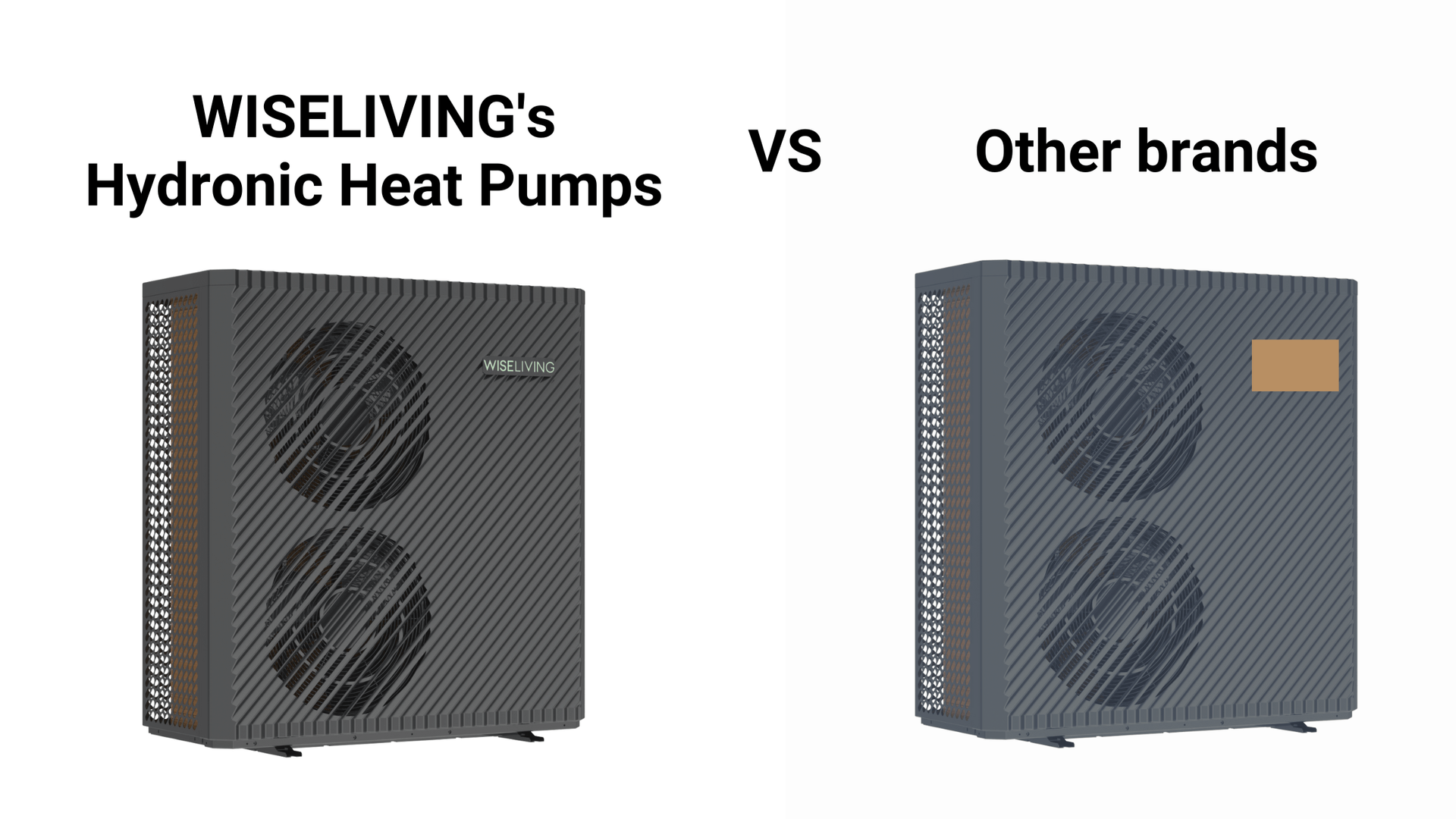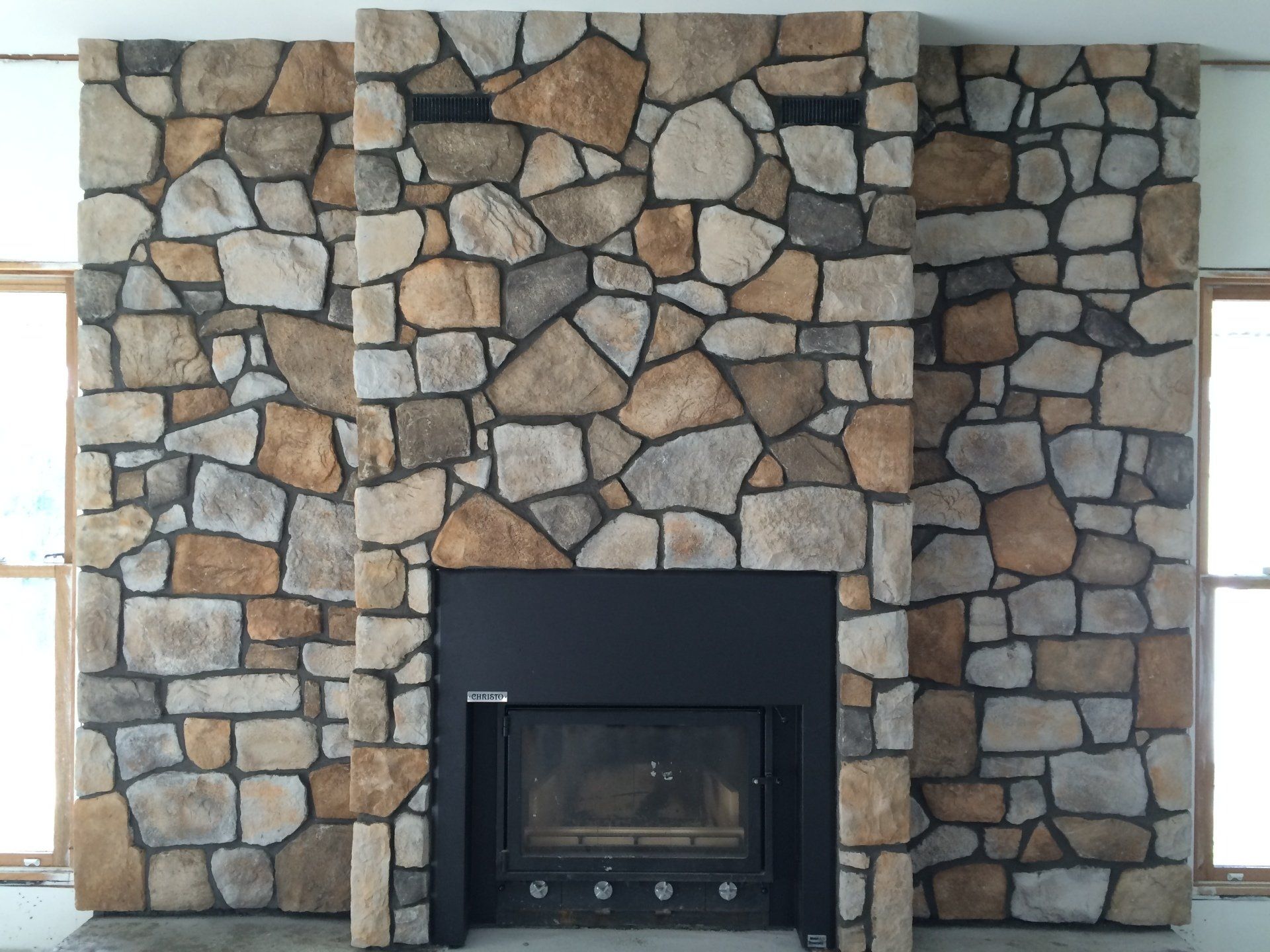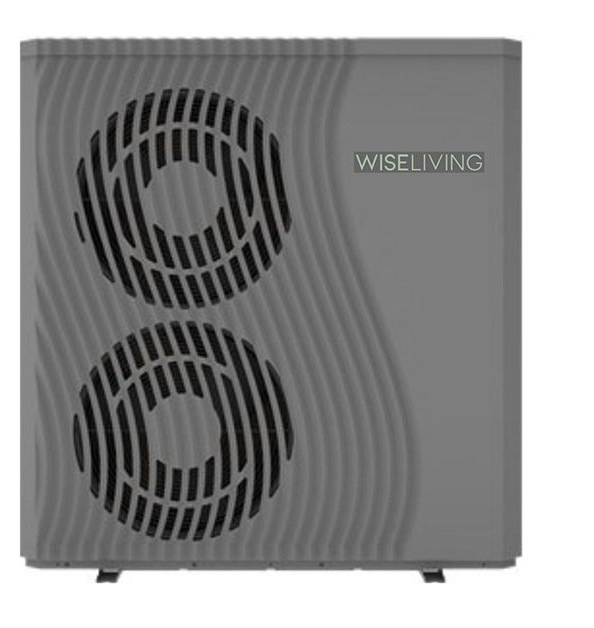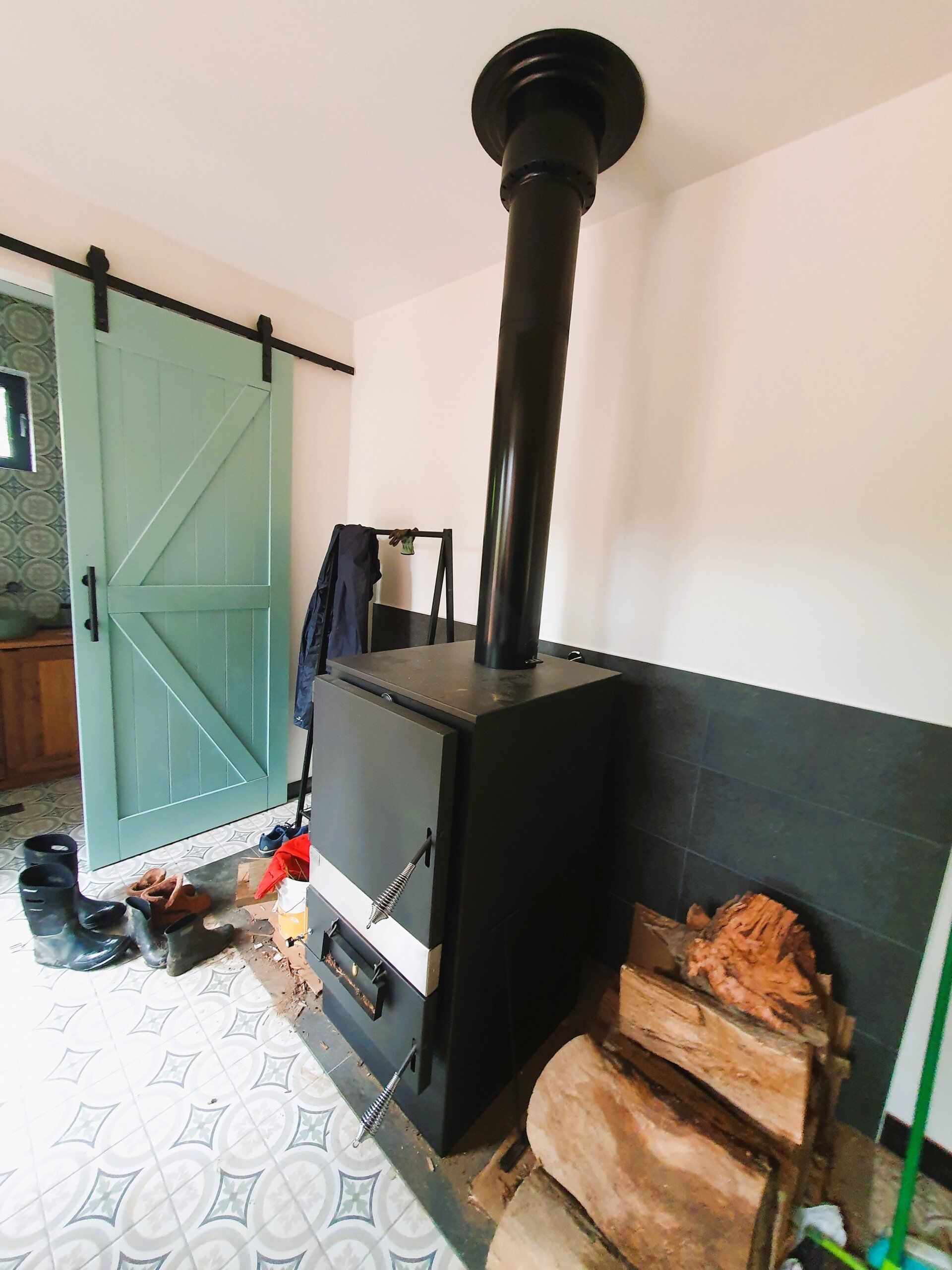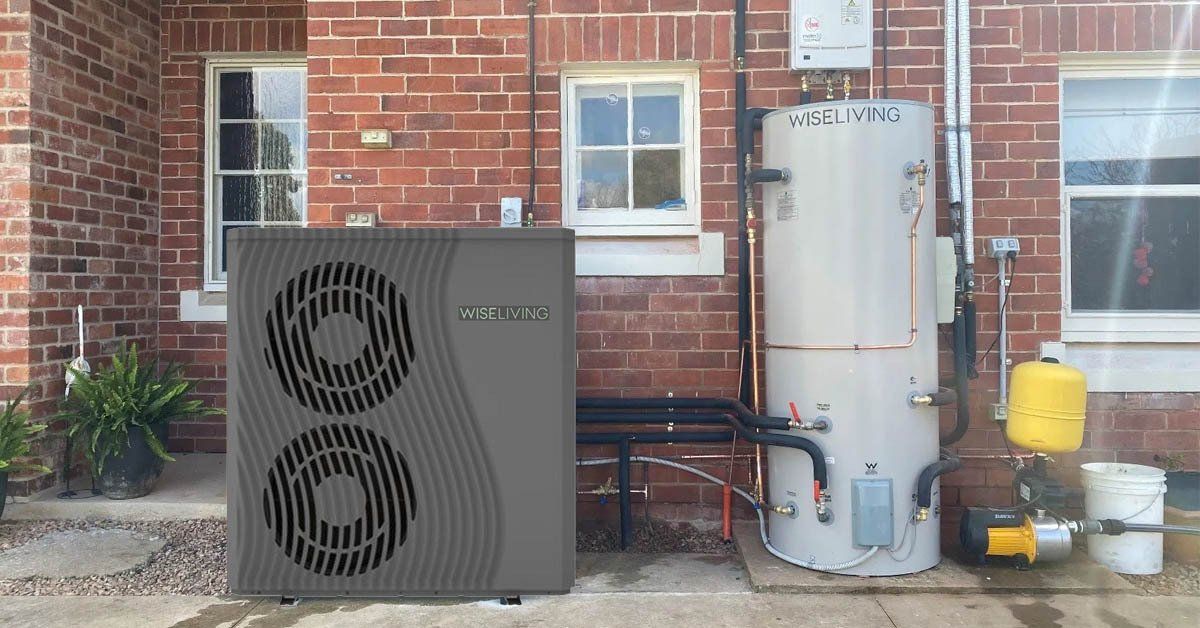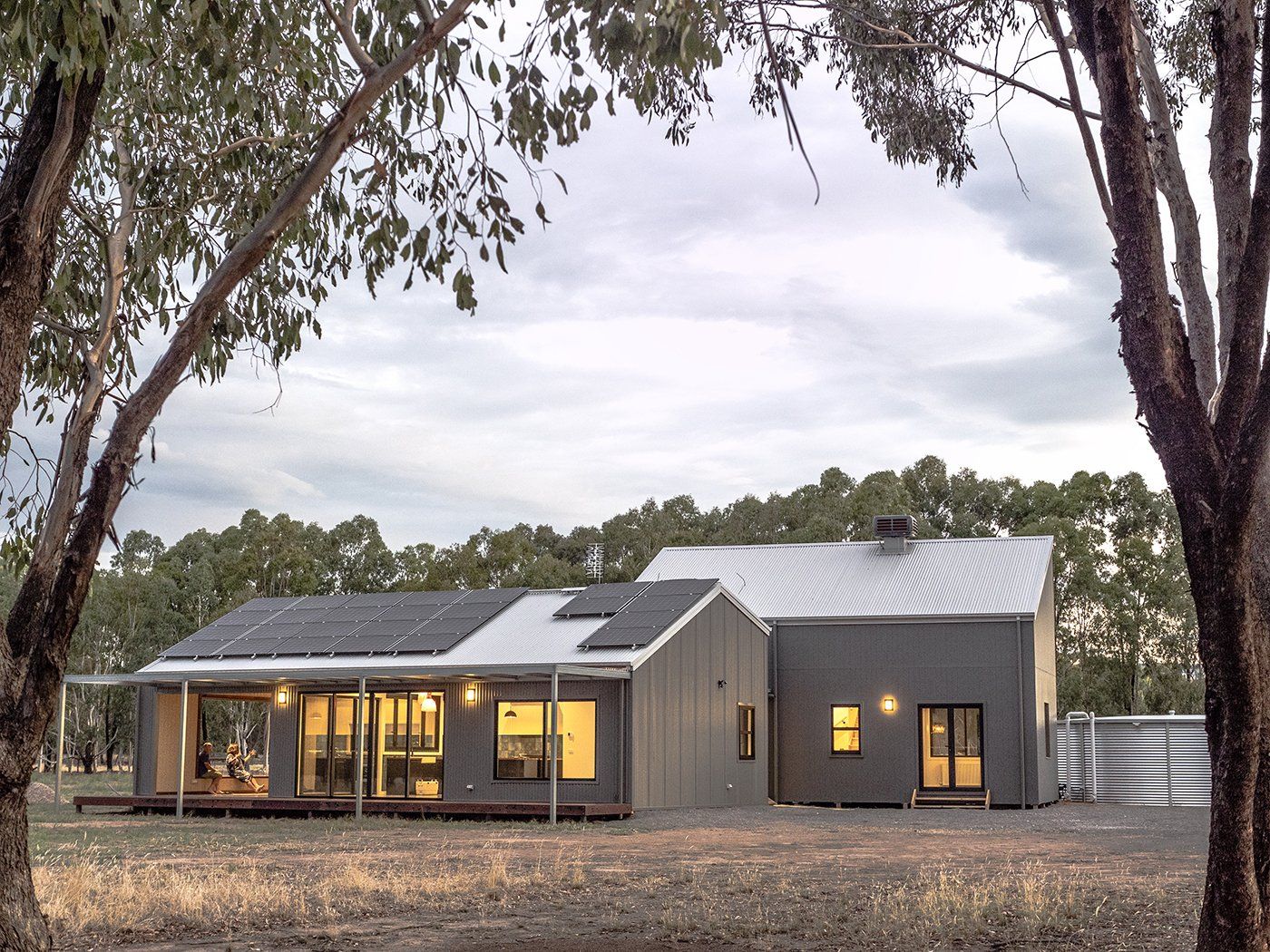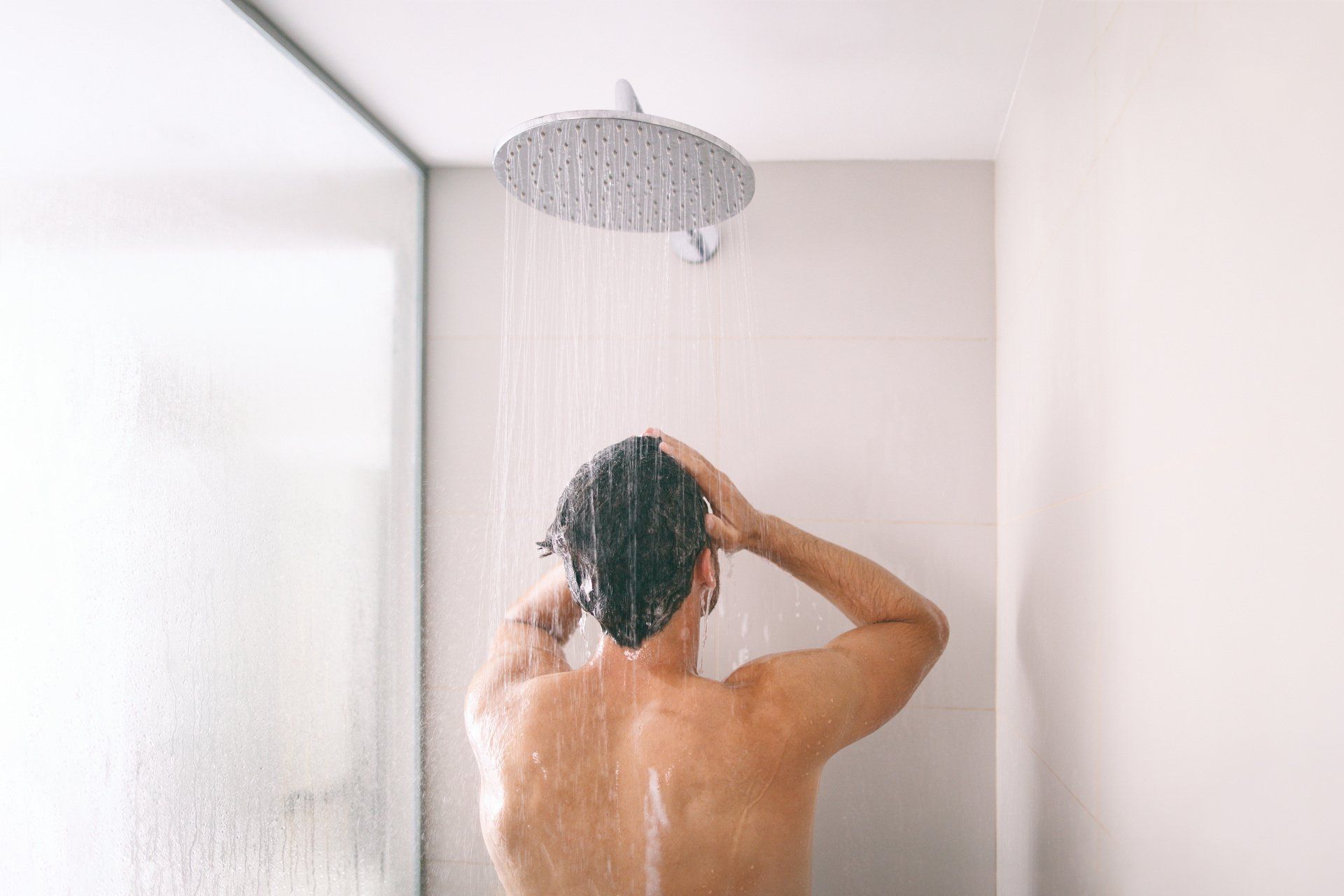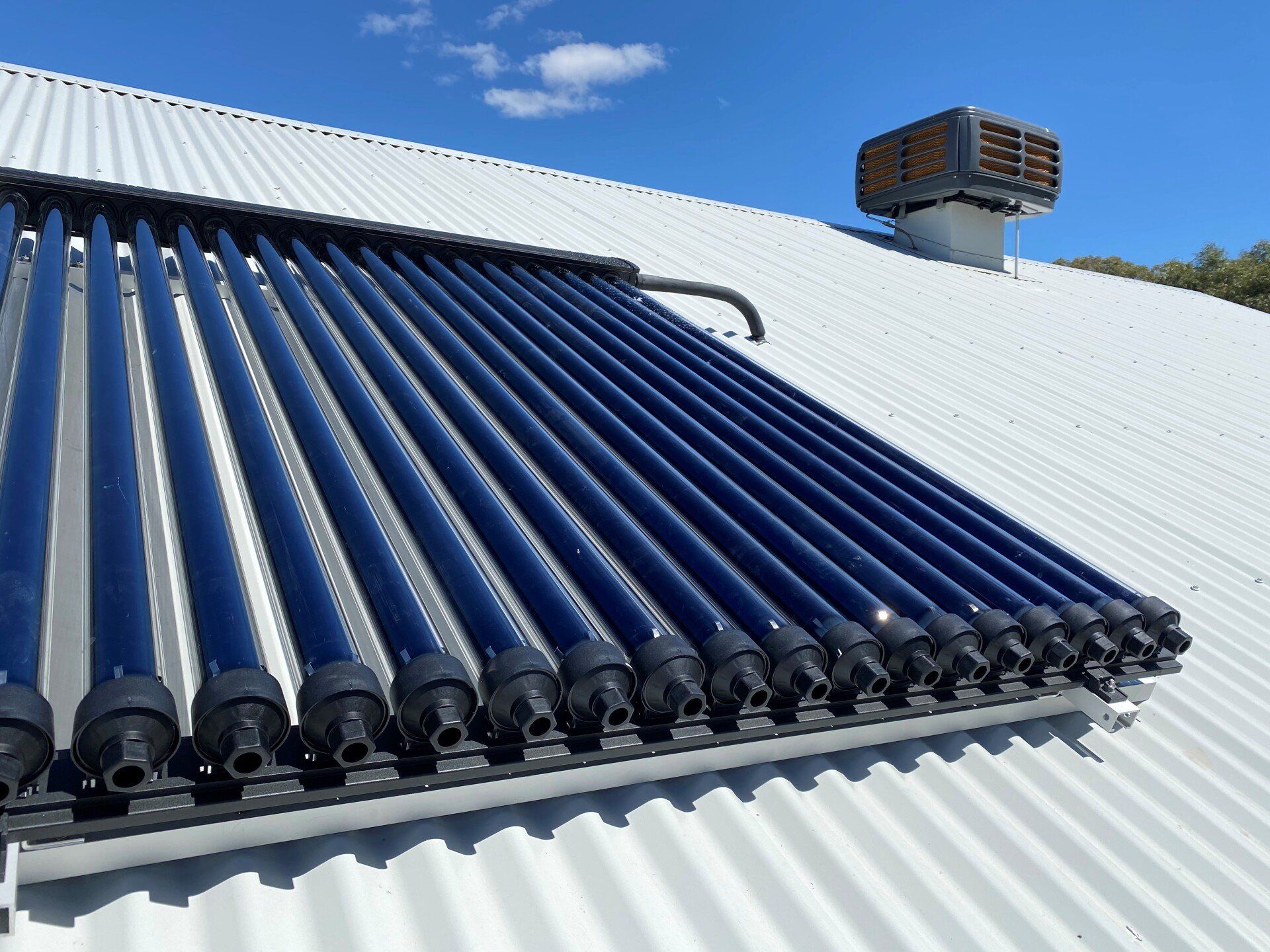How to Create a Sustainable Home
The global effects of climate change, coupled with rising energy costs, have started to drive more and more people to seek out a more sustainable type of lifestyle. In line with living an eco-friendly and energy-efficient lifestyle, many people have started to transform their homes into a sustainable one. Sustainable houses are living spaces that are designed to reduce greenhouse gas emissions by making the most out of natural renewable energy sources.
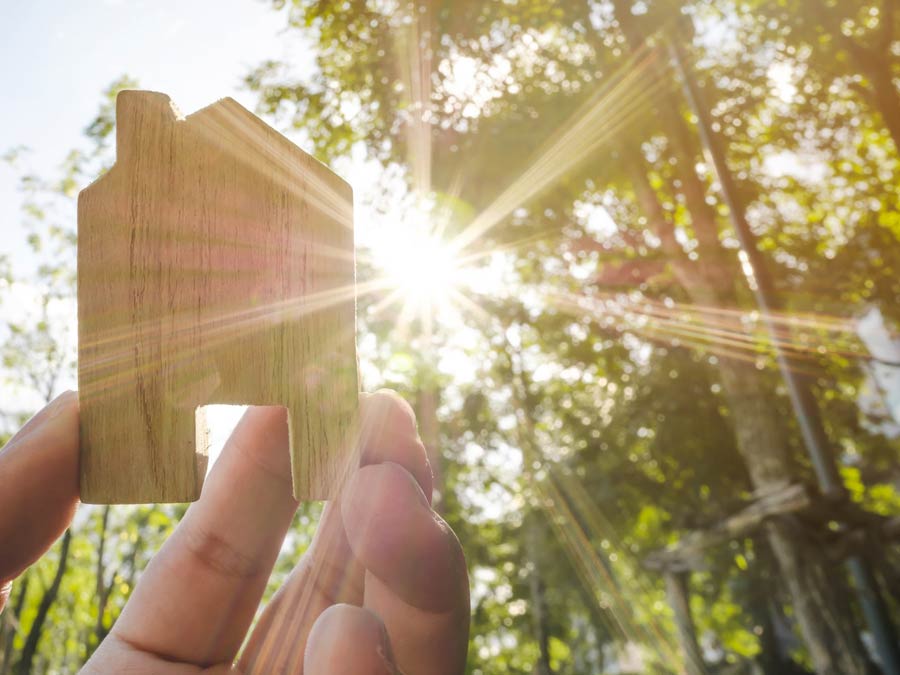
When it comes to building a sustainable house or renovating a structure into one, there are a few factors you have to consider first. Through careful planning, you’ll be able to build a sustainable living space that’s energy-efficient and can last a long time.
Passive Design Concept
Utilizing a passive design means adhering to the natural features of a particular site during the building or construction of a sustainable home. In other words, the overall design of the house takes advantage of the natural sunlight, shade and ventilation that occur in the area throughout the year.
Adapting to a site’s natural features can provide a more energy-efficient house design since doing so can reduce the excessive usage of certain utilities such as heating systems and air conditioning. These two factors can account for the bulk of an average Australian home’s energy consumption.
Insulation and Sealing
Some of the most important sustainable home features include proper insulation and sealing. Through these, you’ll be able to properly keep heat within your house, which can reduce the energy costs for reheating your living space. When it comes to insulation, the best places to start are in your home’s roof and walls.
In most cases, heat can also leak through various small openings within a house, such as chimneys and the gaps around doors and windows. Sealing these gaps and using dampers to close chimneys when not in use can significantly reduce your home’s energy consumption.
Renewable Energy Source
Another significant feature of a sustainable home is having a renewable source of energy. Currently, one of the best energy source options is hot water solar powered systems. By installing solar panels on the roof, you’ll be able to collect energy from the sun and use it for your daily needs.
In addition to boosting your home’s energy efficiency, relying on solar power means that you are not dependent on the electricity provided through public grids, which is usually generated by burning fossil fuels. This means that through solar power and other renewable sources of energy, you’ll be able to fully adopt a sustainable and eco-friendly lifestyle.
Sustainable Heating Systems
According to the Department of Industry, Science, Energy and Resources, heating water takes up about 40% of an average Australian home’s energy consumption. Aside from making hot water, heating systems also play a major role in keeping homes and living space warm and comfortable, especially during the cold seasons.
In terms of building a sustainable house, you also need to establish an energy-efficient heating system. Some of these sustainable systems include wood heaters, hydronic boilers and solar hot water systems. Due to the efficiency of these systems, you’ll be able to drastically reduce your home’s average energy consumption. Moreover, they go well with your sustainable lifestyle since they rely on renewable sources to operate.
WISELIVING can also link together these heating systems in order to create a complete sustainable heating system that can adapt to the overall design of your home.
Sustainable Gardens
Establishing new gardens or planting particularly thirsty plants, particularly in hot and relatively dry climates, can consume a large volume of water. However, as long as you choose the right type of plants, you’ll be able to maintain a garden that goes well with your sustainable and energy-efficient home.
When it comes to setting up a sustainable garden, make sure to choose plants that are suited to your location’s local climate and seasonal changes. Doing so will reduce the need to water your plants frequently. It would also help to install a drip irrigation system using rainwater run-off or recycled greywater in your garden.
By doing your research you will find that there are plenty of viable ways to build or adapt your current home to create your sustainable sanctuary.
